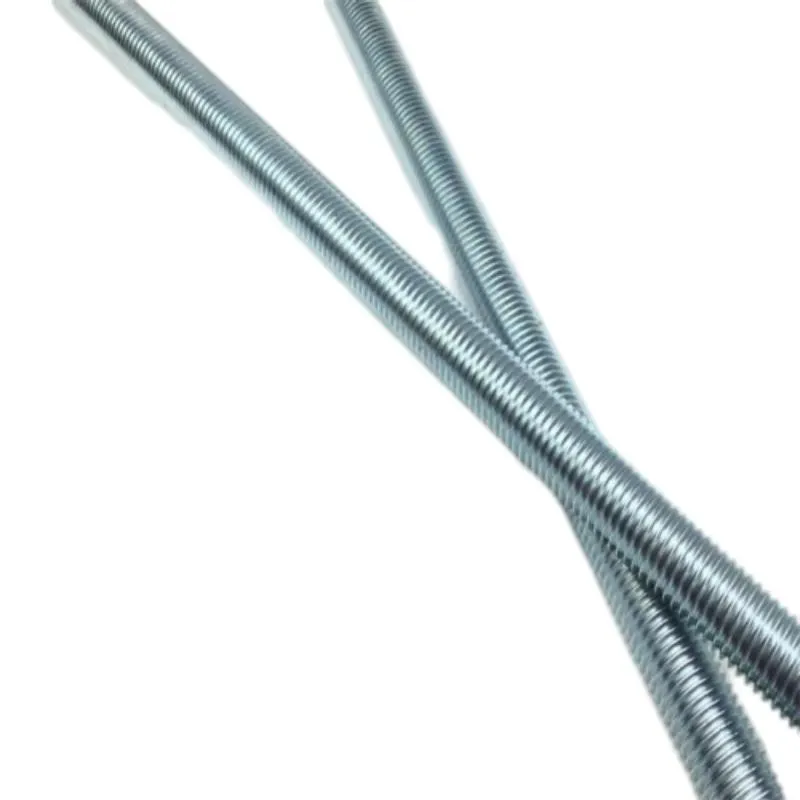Dec . 17, 2024 12:36 Back to list
M2 Hex Nut Size Specifications and Dimensions Guide
Understanding M2 Hex Nut Dimensions
Hex nuts are essential fasteners used in various mechanical applications, providing crucial support and stability in assemblies. Among the different types of nuts, the M2 hex nut stands out due to its specific dimensions and compatibility with M2 screws. Understanding the dimensions of M2 hex nuts is vital for engineers, manufacturers, and DIY enthusiasts as it helps in selecting the right components for their projects.
What is an M2 Hex Nut?
An M2 hex nut is a type of fastener that is characterized by its hexagonal shape, which allows for easy tightening and loosening with a wrench. M2 refers to the metric screw size that has a nominal diameter of 2 millimeters. These hex nuts are typically used to secure M2 bolts or screws, ensuring that components remain fastened together during operation.
Standard Dimensions of M2 Hex Nuts
To fully appreciate the utility of M2 hex nuts, it’s important to understand their standard dimensions
1. Width Across Flats (WAF) The width across the flats of an M2 hex nut is generally around 4 mm. This dimension indicates the distance between two opposite sides of the hexagon, allowing a wrench to grip the nut easily.
2. Thickness The thickness of an M2 hex nut is approximately 1.5 mm. This dimension is crucial as it impacts the overall strength of the nut under load. A thicker nut generally offers better resistance to deformation during tightening.
3. Inner Diameter The inner diameter of an M2 hex nut is designed to fit snugly on an M2 bolt, which has a nominal diameter of 2 mm. The inner diameter typically measures around 2.4 mm, allowing for a tolerable fit while preventing excessive play.
m2 hex nut dimensions

4. Material Specifications M2 hex nuts are often made from a variety of materials including steel, stainless steel, and nylon. Steel nuts are commonly coated to prevent rust and corrosion, enhancing their durability in various environments.
Correlating Socket and Torque Values
When using M2 hex nuts, understanding the torquing process is essential. The torque value necessary for effective fastening of an M2 nut typically ranges from 0.2 to 0.5 Nm (Newton-meters). Using the correct torque ensures the integrity of the joint, preventing loosening or potential failure during operation.
Applications of M2 Hex Nuts
M2 hex nuts find application in a wide array of industries and projects. They are most commonly used in
- Electronics In the assembly of electronic devices, M2 hex nuts are often utilized for securing circuit boards and components such as connectors and sensors. - Automotive In the automotive sector, these nuts are used to fasten components in smaller vehicles and motorcycles where space constraints require the use of smaller fasteners. - Robotics M2 hex nuts are integral in robotics for connecting aids and chassis parts, ensuring stability in various robotic mechanisms.
Conclusion
M2 hex nuts are indispensable components in mechanical assemblies, offering reliable securing for M2 bolts and screws across varied applications. Their dimensions — including the width across flats, thickness, and inner diameter — are designed to provide optimal performance in mechanical connections. Understanding these dimensions helps professionals and hobbyists make informed decisions when selecting fasteners for their projects. Whether in electronics, automotive manufacturing, or robotics, M2 hex nuts offer the strength and reliability required for robust assemblies. By choosing the right materials and applying appropriate torque values, users can ensure that their projects stand the test of time, embodying the essential qualities of durability, functionality, and safety.


